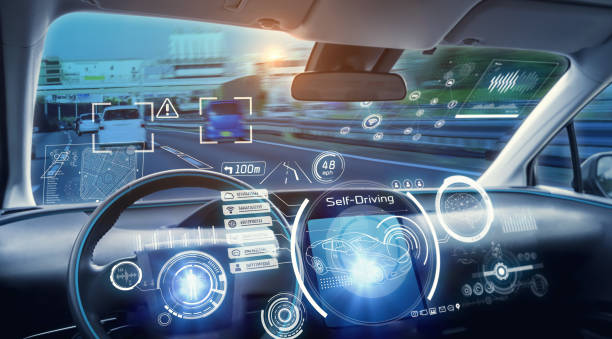Re-imagining Urban Travel: The Emergence of Self-Driving Cars in Tourism
In the ever-evolving landscape of travel and transportation, self-driving cars are at the forefront of innovation. As they gradually transition from sci-fi fantasy to reality, these autonomous vehicles are set to revolutionize urban travel. This article delves into the history, current trends, and future implications of self-driving cars in the tourism industry.

The Dawn of Autonomous Vehicles in Urban Travel
The concept of self-driving cars dates back to the 1920s, but it wasn’t until the late 20th century that advancements in technology paved the way for their development. Initially viewed with skepticism, they are now becoming an increasingly familiar sight on urban roads. Major tech and automotive companies are investing billions in perfecting this technology, foreseeing a future where human drivers are a relic of the past.
Current Trends and Developments
Today, self-driving cars are being tested in select cities, integrated into ride-hailing services, and considered as potential solutions for reducing urban traffic congestion. Experts predict that as the technology continues to improve, autonomous vehicles will soon be commonplace, redefining the way we navigate urban environments.
The Impact on Tourism
The advent of autonomous vehicles presents intriguing possibilities for the tourism industry. They could offer personalized, on-demand tours, allowing tourists to explore cities at their own pace without the need for a designated driver. Moreover, the technology could provide improved mobility for senior or differently-abled travelers, making urban exploration more accessible for all. However, it also poses challenges, such as safety concerns and regulatory hurdles that need to be addressed.
Research-Backed Insights
Research suggests that self-driving cars could significantly enhance the travel experience. A study by the World Economic Forum predicts that by 2025, 10% of cars on US roads will be self-driving. This shift is expected to boost urban tourism by making travel more convenient and efficient.
Practical Applications and Advantages
Self-driving cars can provide tourists with a unique, tech-forward travel experience. They offer the convenience of door-to-door service, eliminating the need for parking. Plus, they can be programmed to follow optimal routes, saving time and reducing the stress of navigating unfamiliar city streets.
Challenges and Considerations
While the future of self-driving cars in tourism seems promising, there are challenges to consider. For one, the technology is still evolving, and safety concerns persist. Additionally, there’s the question of job displacement in the taxi and ride-hailing industries.
Travel Tips: Embracing Autonomous Vehicles in Tourism
- Familiarize yourself with the technology: Before embarking on your self-driving car adventure, take the time to understand how autonomous vehicles work.
- Plan ahead: While self-driving cars can navigate on their own, it’s still wise to plan your route in advance to ensure you cover all the sights on your itinerary.
- Safety first: Always follow safety guidelines when using self-driving cars. Remember, the technology is still in its infancy, and unexpected situations can arise.
In conclusion, the emergence of self-driving cars in tourism presents an exciting new frontier in urban travel. As the technology continues to advance, and with the right regulations in place, autonomous vehicles could transform the way we explore cities, making travel more convenient, efficient, and accessible. Embrace the future and gear up for the ride of a lifetime!




